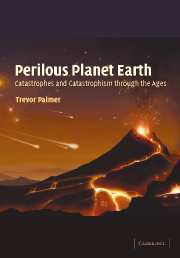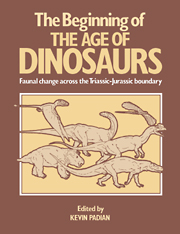Extinctions in the History of Life
Extinction is the ultimate fate of all biological species - over 99 percent of the species that have ever inhabited the Earth are now extinct. The long fossil record of life provides scientists with crucial information about when species became extinct, which species were most vulnerable to extinction, and what processes may have brought about extinctions in the geological past. Key aspects of extinctions in the history of life are here reviewed by six leading palaeontologists, providing a source text for geology and biology undergraduates as well as more advanced scholars. Topical issues such as the causes of mass extinctions and how animal and plant life has recovered from these cataclysmic events that have shaped biological evolution are dealt with. This helps us to view the biodiversity crisis in a broader context, and shows how large-scale extinctions have had profound and long-lasting effects on the Earth's biosphere.
- Reviews topical issues such as the biodiversity crisis
- An excellent introduction and overview for undergraduates and more advanced students
- Written by key researchers
Reviews & endorsements
"The contributors have been very successful in producing a work that is accessible to undergraduates and also represents the best of scientific analyses on the subject." CHOICE June 2005
Product details
December 2007Adobe eBook Reader
9780511252822
0 pages
0kg
62 b/w illus.
This ISBN is for an eBook version which is distributed on our behalf by a third party.
Table of Contents
- Notes on contributors
- Preface
- 1. Extinction and the fossil record Paul D. Taylor
- 2. Extinctions in life's earliest history J. William Schopf
- 3. Mass extinctions in plant evolution Scott L. Wing
- 4. The beginning of the Mesozoic:
- 70 million years of environmental stress and extinction David J. Bottjer
- 5. Causes of mass extinctions Paul D. Wignall
- 6. The evolutionary role of mass extinctions: disaster, recovery and something in-between David Jablonski
- Glossary
- Index.






